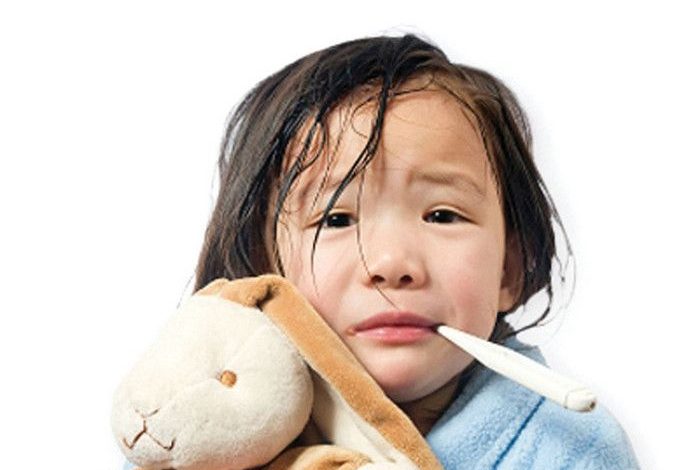

Child Health
Dr Shan Narayanan
In my years of paediatric practice, the one thing that terrifies parents is fever. My focus in this month’s article is common queries parents have about fever and its management.
What is Normal Body Temperature?
It is generally accepted that normal body temperature ranges between 36.1°C to 37.2°C.


Fever is when the body temperature is above the normal level. It is a response to variable conditions, the most common of which is infection. Fever occurs as a result of the body’s thermostat being reset to a higher level (to a higher than usual temperature).
Temperature that is considered as fever depends on where the temperature is measured. Generally accepted temperature is as follows:
- Oral: above 37.8°C
- Axillary (armpit): above 37.2°C
- Ear (tympanic membrane): above 38°C
- Forehead: above 38°C
What are Non-Medical Ways to Treat the Temperature?
Fever can make the child uncomfortable or dehydrated, thus it is important to lower the temperature. The non-medical ways are as follows:
- Lukewarm bath or sponge bath
- Placing a cool damp wash cloth on the forehead when the child is resting
- Giving plenty of fluids
- Dress the child in one light layer
- Using a fan in a low setting and not blowing directly at the child
What is the Medical Way to Treat the Fever?
Fever reducing medication can be used to treat the fever. The two fever reducing medications are: Paracetamol and Ibuprofen.
Paracetamol can be given every four to six hourly as needed. Ibuprofen may be given six to eight hourly. Ibuprofen is not recommended for children less than six months.
The dosage is based on the weight of the child and you can refer to your doctor or the product information sheet for the appropriate dosage.
Giving a combination of paracetamol and ibuprofen may be required in children with high persisting fever. This should be done with medical advice and with caution as the chances of giving a wrong dose is higher. Fever reducing medicine treats the fever only and not the underlying cause of the fever.
When to See the Doctor?
The decision to see the doctor is yours. Here are some guidelines. It is not an exhaustive list.
- Infants less than six months with an ear or armpit temperature of more than 38°C.
- Children six months to three years with a temperature more than 38°C for more than two days or who appear ill.
- Children of any age with an ear or armpit temperature of more than 39°C.
- Children of any age who have a fit with the fever.
- Children who have fever and rash.
- Children who have fever and underlying medical condition such as heart, kidney problems, etc.
- When your intuition tells you to.


